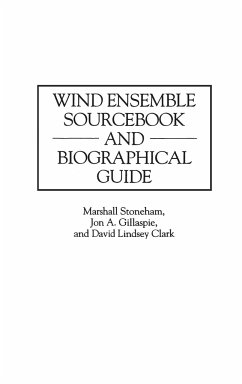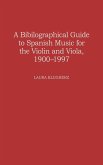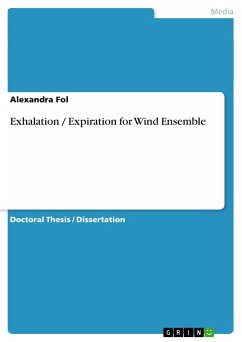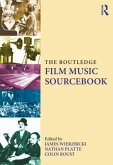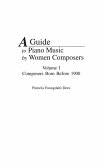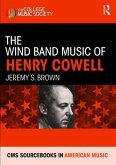Mozart wrote some of the greatest serenades for wind ensemble. He was not alone in writing works for wind sextet, octet, or larger ensembles-Over 12,000 works for wind harmony by over 2,200 composers are extant. Describing this new genre, Wind Harmony, which is far larger and more influential than ever recognized, this sourcebook includes biographical details, discusses many of the works, and presents country surveys. There is also a survey of the way wind instruments developed at the critical time, and of performance practices. Companion volumes, the ^IWind Ensemble Catalog^R and the ^IWind Ensemble Thematic Catalog 1700-1900^R, are cross-referenced. Mozart wrote some of the greatest serenades for wind ensemble. He was not alone in writing works for wind sextet, octet, or larger ensembles-over 12,000 works for wind harmony by over 2,200 composers are extant. Describing this new genre, Wind Harmony, which is far larger and more influential than ever recognized, this sourcebook includes biographical details, discusses many of the works, and presents country surveys. There is also a survey of the way wind instruments developed at the critical time, and of performance practices. Companion volumes, the ^IWind Ensemble Catalog^R and the ^IWind Ensemble Thematic Catalog 1700-1900^R, are cross-referenced. The authors identify what must be the major part of surviving wind harmony music. There is far more material than previously recognized, and its character is far more varied than is usually thought. In this work, the music is placed in context: why it was written, where it was played, and how it influenced other genres. The authors have collected new material, corrected previous mistakes, and filled in missing material. Public and private libraries have been scoured and monasteries searched throughout greater Europe. The sourcebook will be helpful for scholars and students, librarians, players, and music sellers.

